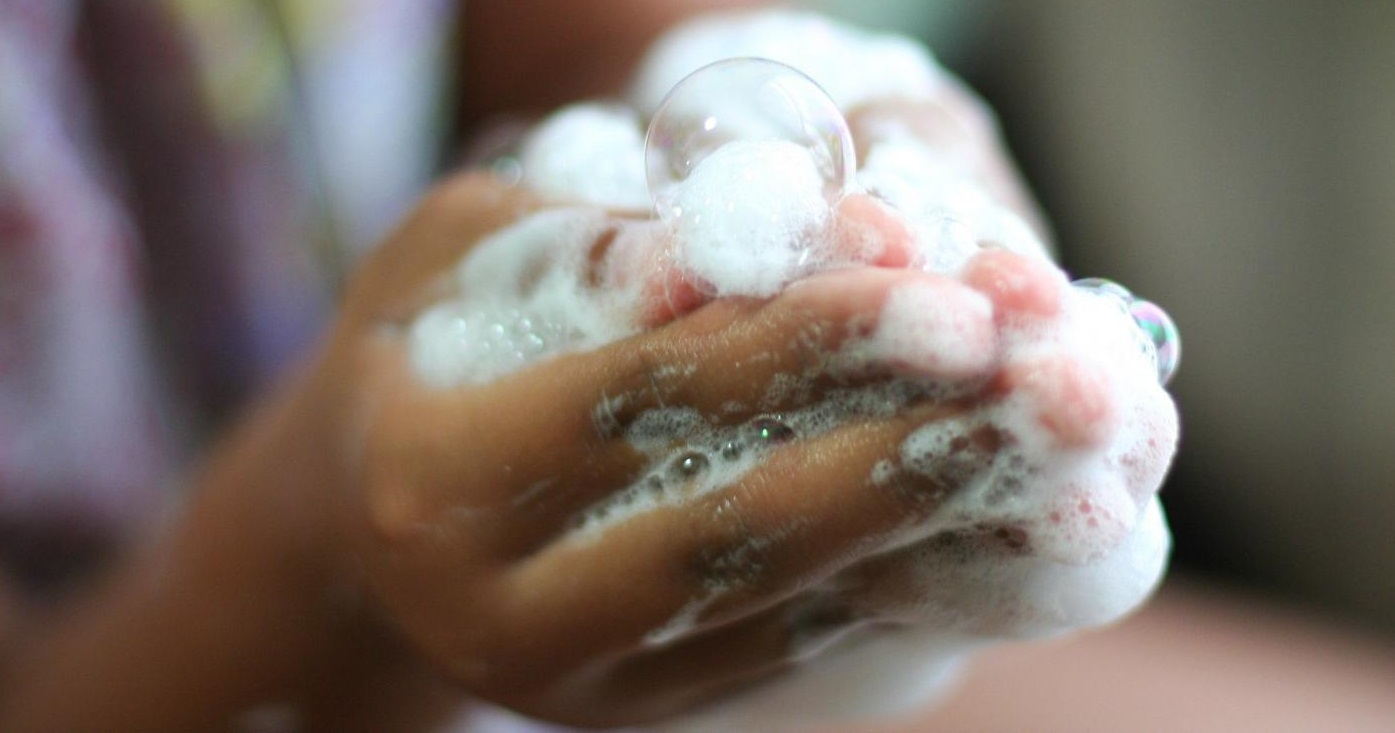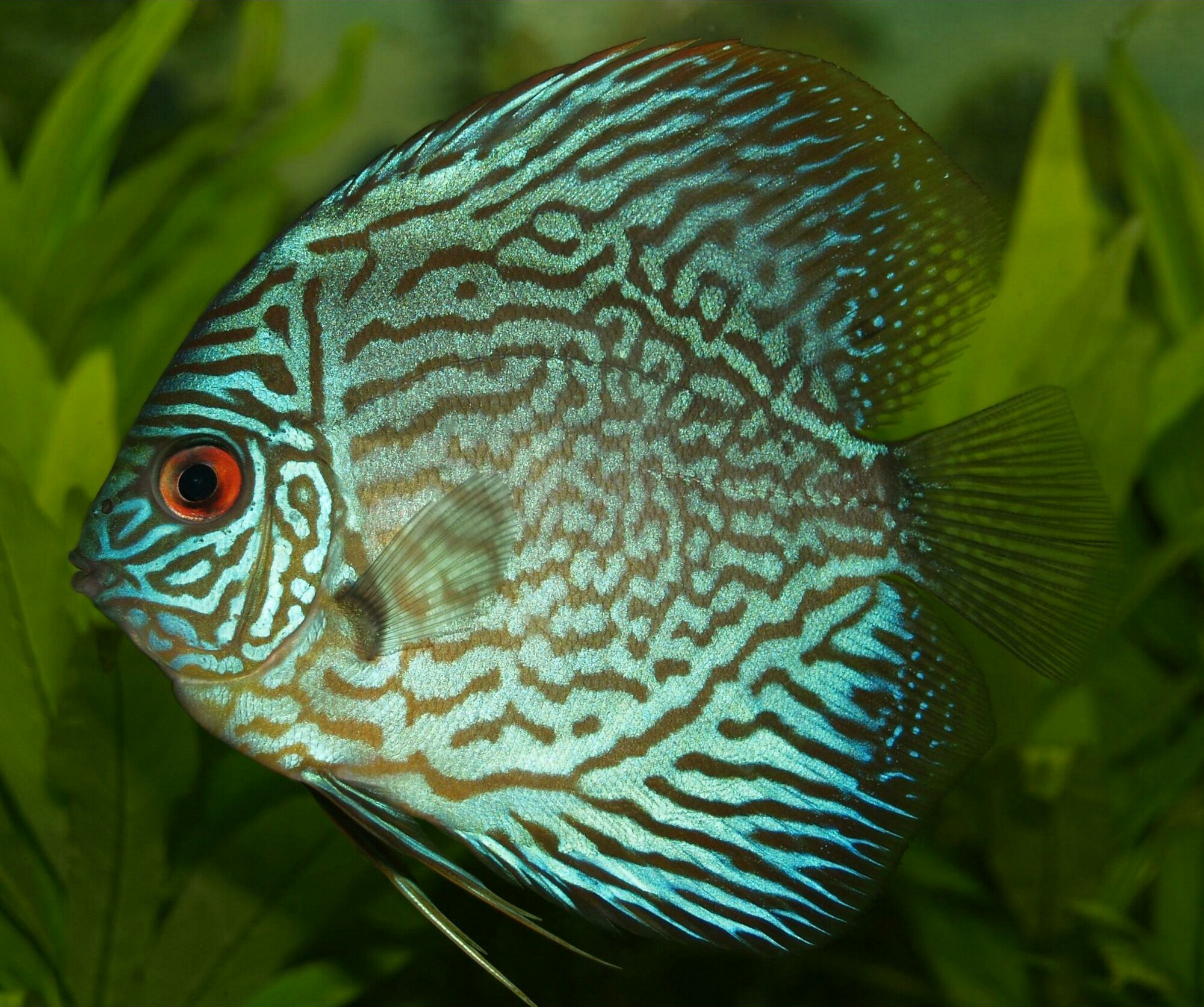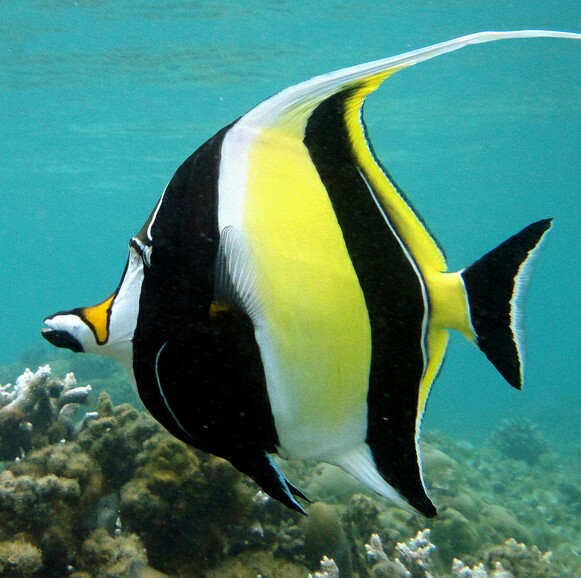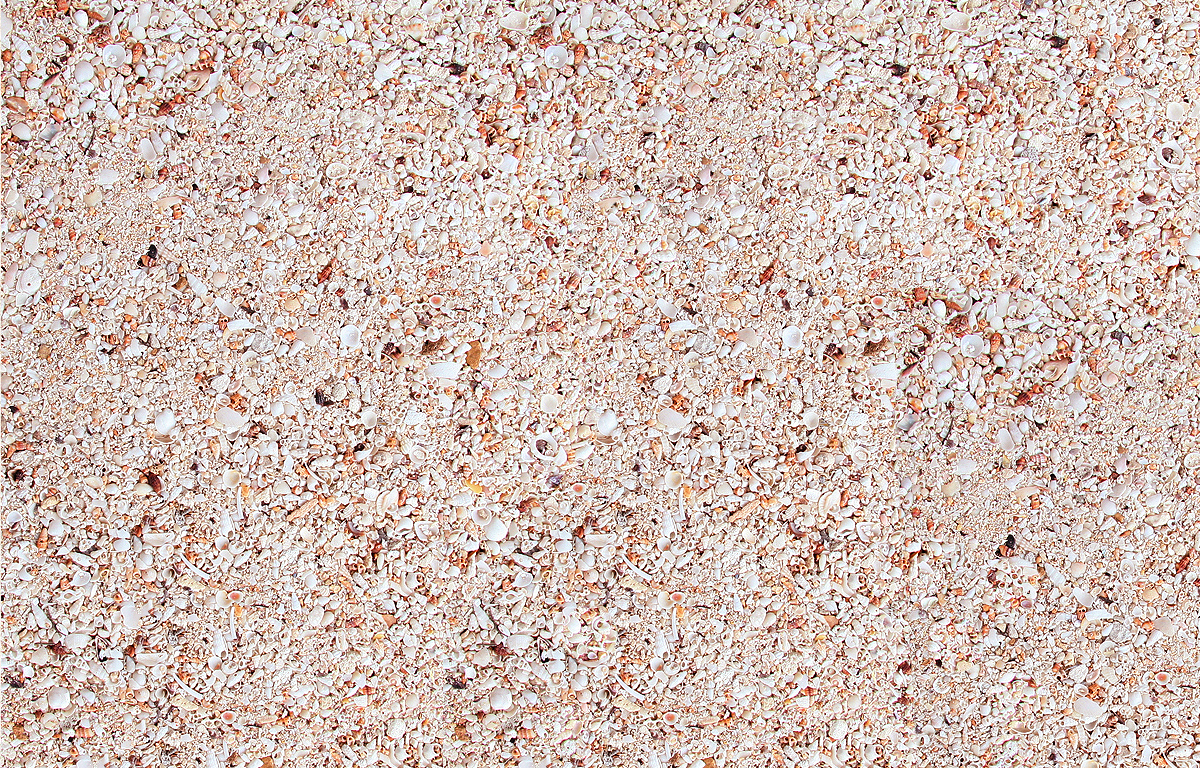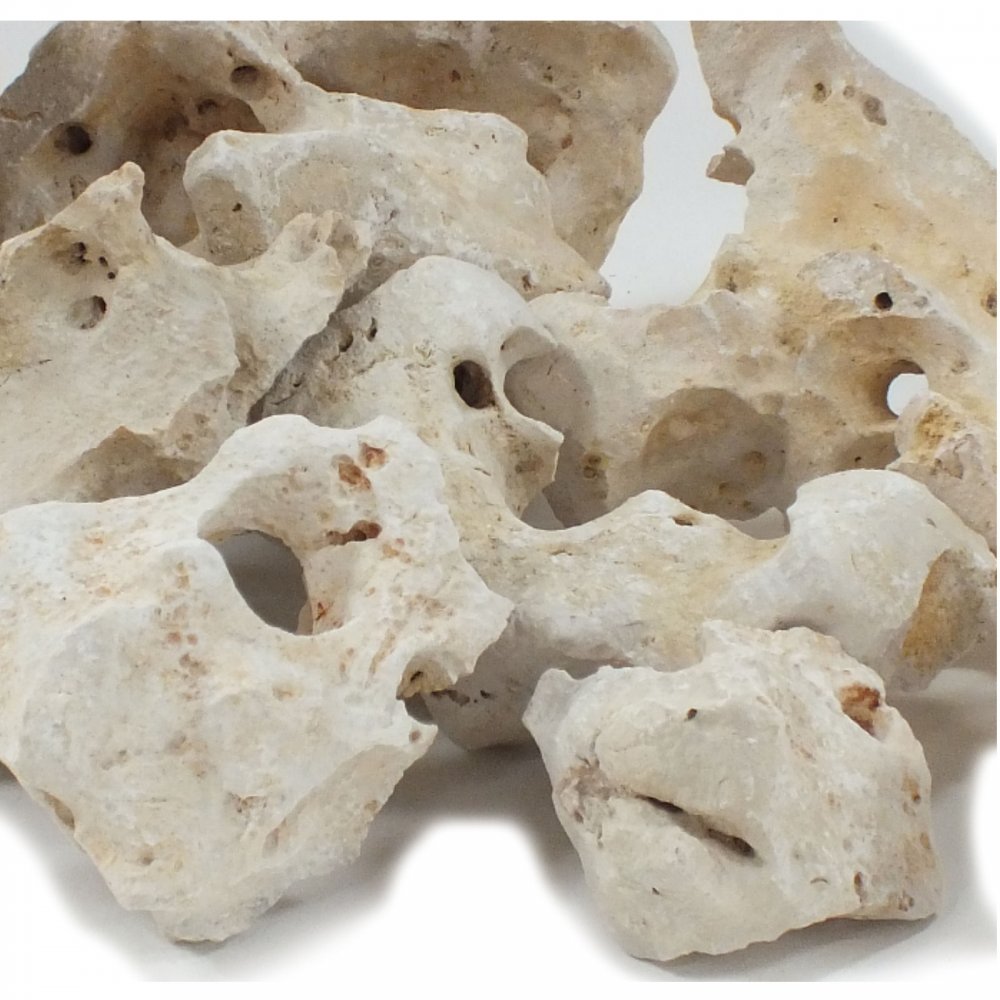All, Frequently Asked Questions, Guides & FAQs
PH FAQ
What is PH?
PH is a term that you might have heard being thrown around in relation to water in ponds and aquariums. PH stands for ‘Potential of Hydrogen’ (not that that matters much) and is basically a measure of how acidic or alkaline water is (or how many hydrogen ions are present). It is on a scale of 0-14, with 7, right in the middle, being neutral.
When PH is measured as lower than 7, it indicates that the water is acidic and therefore ‘soft‘. Conversely, when PH is higher than 7, water is alkaline, or ‘hard‘.
Raw tap water can be either soft or hard depending on where  you live, and whether your water initially passes through Limestone rock (hard) or Peat (soft). For example, we’re based in Poynton, Cheshire in the North West and we have relatively acidic water because most of it is fed from upland surface reservoirs which can be very soft due to the lack of minerals. This means that it is easier to lather soap and make better cups of tea.
you live, and whether your water initially passes through Limestone rock (hard) or Peat (soft). For example, we’re based in Poynton, Cheshire in the North West and we have relatively acidic water because most of it is fed from upland surface reservoirs which can be very soft due to the lack of minerals. This means that it is easier to lather soap and make better cups of tea.

People in the South-East, for example, will have harder water because of the fact that most of their water is initially drawn from groundwater that has passed through limestone rock, which releases a multitude of minerals and alkaline elements into the water. This is why in these areas of the country you will get scales of Lime deposit in your kettle.
Although the majority of cold water and tropical freshwater fish are bred in tanks that are generally PH neutral (about 7 on the scale) and are comfortable at that level, some prefer certain conditions. Fish that originate from the soft waters of the Amazon, for example, such as Discus are best suited to a PH below 7 (these types of fish are actually called ‘acidophiles‘).
On the other hand, fish from water that is alkaline like Marines and Malawian and Tanganiykan (two highly alkaline African Rift Valley lakes) cichlids are happier in harder water with a PH of above 7 (naturally, these fish are ‘alkalophiles‘).
As you would expect, Acidophiles (soft water) and Alkalophiles (hard water) wouldn’t be happy in each others’ drastically different environments.
Generally, most fish are stable in a PH of around 7 providing that they have been used to it already. It may very well be the case that the shop you bought your fish from uses slightly harder or softer water because of local conditions than you have at home. It is therefore important to maintain the level at which the fish are used to in order to keep them happy. But first and foremost…
How can I measure PH?
This is actually a lot easier than you would imagine. Test kits covering PH as well as Nitrates and other water parameters are readily available in shops. They are usually in stick form, covered in an array of coloured squares. You simply dip the paper strip into your tank water, take it out and let it settle for a minute or two and you will soon notice changes in the colours of the squares. For PH there is a dedicated square, this will turn more red or orange relating to your test kit.

At this point you want to compare the strip against your test kit diagram, which will indicate the ‘safe’ and ‘dangerous’ levels that your water could be at. As well as this, you may want to note how much your water rises or falls below the neutral 7, and how much more acidic or alkaline (soft or hard) it is in relation to what you want to achieve (generally a neutral 7, unless you have particular species that prefer such conditions).
Why is my PH high?
While the condition of local water is an initial factor, there are also a few things that can coerce your PH up or down after it has come out of the tap and afte r you have put it in your pond or aquarium. In terms of an increased PH, so harder, more alkaline water, this can come about from the introduction of various stone and rock that releases various minerals into the water. This is more notable with things like Limestone, sea shells, crushed coral, tufa rock and pieces of stone that have visible veins of crystal or mineral in them.
r you have put it in your pond or aquarium. In terms of an increased PH, so harder, more alkaline water, this can come about from the introduction of various stone and rock that releases various minerals into the water. This is more notable with things like Limestone, sea shells, crushed coral, tufa rock and pieces of stone that have visible veins of crystal or mineral in them.
Remember, if you’re unsure at all, ask at the counter for rocks and decor th at is inert (won’t effect PH), the majority of it is. If you are using your own stone, however, it is best to take precautions. If you are uncertain whether some rock is suitable, pour vinegar onto it. If it fizzes, it will make your water hard. The fizzing is the result of the acid in the vinegar reacting with the alkaline in the stone.
at is inert (won’t effect PH), the majority of it is. If you are using your own stone, however, it is best to take precautions. If you are uncertain whether some rock is suitable, pour vinegar onto it. If it fizzes, it will make your water hard. The fizzing is the result of the acid in the vinegar reacting with the alkaline in the stone.
Concrete around and within ponds that hasn’t been washed enough or treated can also raise the PH to levels that may be fatal to fish. Therefore it is best to treat all concrete or cement that is either directly in contact with water or is in a place where water will run off it and into the pond. Products like G4 sealer will do the trick.
raise the PH to levels that may be fatal to fish. Therefore it is best to treat all concrete or cement that is either directly in contact with water or is in a place where water will run off it and into the pond. Products like G4 sealer will do the trick.
You may also find in some cases that when an aquarium or pond recieves increased sunlight at certain times, the photosynthesis of the plants inside it will increase the PH during the day but this generally subsides as the light decreases again. It is therefore important to test (most especially ponds) at various light levels and time of day.

Why is my PH low?
A low PH is usually the result of Carbon Dioxide. The gas is produced by plants, bacteria, fish and many other processes involved in the breaking down of nitrites, sulphur and methane. Essentially, if you have a lot of fish, plants and dirt in the aquarium or pond, you are most likely to have a decrease in PH. This somewhat reflects what happens in stagnant, closed off waters of South America, where plant and fish matter breaks down and produces gases that doesn’t disperse as much as it would in open, moving water. This means that the water becomes much more acidic.
How can I get my PH more Acidic/Alkaline?
Acidic (PH 0-7)

If you want to decrease the PH of your water, and make it ‘softer’, there are a few options:
- If you add Bogwood to an aquarium it will gradually release elements called Tannins into
 the water which, as well as partially discolouring it (depending on how much you have soaked it before hand), will soften the water. The wood will also act as a filter against potential contaminants in the water that may increase PH levels. It is important to note that driftwood and bogwood designed for use with Reptiles will likely be treated or cured and may damage your aquarium.
the water which, as well as partially discolouring it (depending on how much you have soaked it before hand), will soften the water. The wood will also act as a filter against potential contaminants in the water that may increase PH levels. It is important to note that driftwood and bogwood designed for use with Reptiles will likely be treated or cured and may damage your aquarium.
- Peat is also a good option, as it is the substrate to which most naturally soft tap water is
 initially filtered through. You can buy peat loose or in chunks to place in the filter (in a filter bag) or within the gravel or sand at the bottom of the tank or pond. Like bogwood it will filter out contaminants and will slightly discolour the water also (it is advisable to give it a good rinse/soak through before putting into the filter or water). This could be a good option for people who prefer to have a tank without bogwood but still want amazonian or ‘acidic’ water fish such as neon tetras, rams or discus.
initially filtered through. You can buy peat loose or in chunks to place in the filter (in a filter bag) or within the gravel or sand at the bottom of the tank or pond. Like bogwood it will filter out contaminants and will slightly discolour the water also (it is advisable to give it a good rinse/soak through before putting into the filter or water). This could be a good option for people who prefer to have a tank without bogwood but still want amazonian or ‘acidic’ water fish such as neon tetras, rams or discus.

- Finally there are Almond or ‘Catappa’ leaves. These do similiar jobs as both peat and bogwood in absorbing nasties and softening water and will gradually break up in the water, after which they should be replaced. Fish and shrimp will love to pick at these leaves too as they have a multitude of health benefits.
Alkaline (PH 7-14)
In order to gain a higher PH to suit fish with hard-water tendencies, you can try adding a multitude of different forms of calcium carbonate and mineral based substances into the aquarium. These include crushed coral sand, aragonite, tufa rock, ocean rock, sea shells and dolomite chips.
How can I achieve a Neutral PH?
So is your PH high or low? Do you want to increase it or decrease it?
By now you should have a basic understanding of what makes water soft or hard and what that actually means in relation to the welfare of fish.
There are a variety of chemical treatments that you can use to ‘reset’ to a neutral PH or 7. Don’t let the word ‘chemical’ scare you, all the elements used are perfectly harmless to fish and organisms. These come in the form of ‘buffers’ and ‘neutralisers’ and most main fish brands have a product that does it. The nature of a dosed solution to your PH issue means that it isn’t necessarily a permenant solution and your water may eventually revert back to soft or hard depending on what your tap water is like and whether or not there is something in your aquarium leaking minerals or tannins. Some people sometimes can’t help putting seashells in with fish but naturally this makes the water hard and will keep doing so until it is taken out. Of course, it always matters what sort of fish you’re keeping too, and whether they are comfortable at that PH.

For any questions or advice, do not hesitate to contact us. You can find our details on the ‘About Us’ tab at the top of the website.

